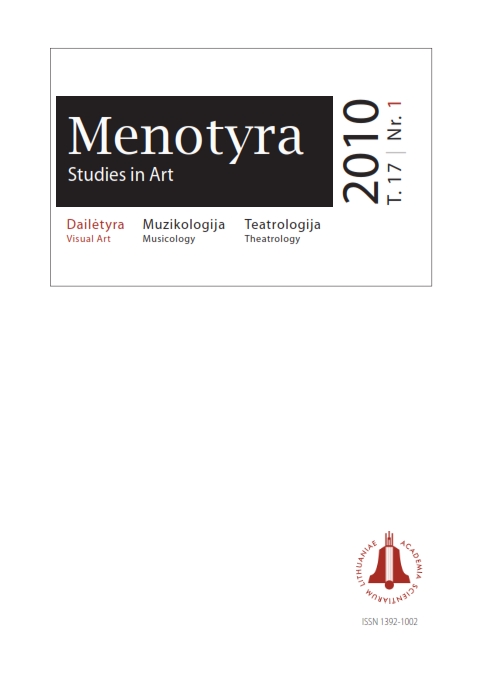Antanas Tamošaitis – pirmasis profesionalus tautinio kostiumo kūrėjas
Antanas Tamošaitis – the first professional creator of national costume
Author(s): Teresė JurkuvienėSubject(s): Christian Theology and Religion, Anthropology, Visual Arts, Cultural Anthropology / Ethnology, Sociology of Art
Published by: Lietuvos mokslų akademijos leidykla
Keywords: Antanas Tamošaitis; national costume; folk clothing;
Summary/Abstract: In the second half of the 1930s, Antanas Tamošaitis was the first to create a finished theoretical and practical model of Lithuanian regional national costumes. He typified the clothing of in dividually determined ethnographic regions, identified component parts of a standard costume, and reconstructed several female costumes from each of the regions. After the publishing of the book by Antanas Tamošaitis and the birth of professional costume business, the gap dividing Lithuania from the neighbouring Baltic and Scandinavian countries in respect of the production and wearing practice of national costumes decreased substantially.The task to create costumes took shape within the framework of the Chamber of agriculture. The aims posed by this organisation as well as available resources largely determined a somewhat amateur scientific research work; however, it enabled the development of a smooth production of costumes and their rapid popularisation.Although the main objectives of the artist while interpreting folk clothing were related to costume precision as well as national identity, the balance among such requirements was sometimes hard to maintain. In order to achieve the traditionally interpreted national identity, Antanas Tamošaitis often corrected authentic examples by rejecting factory-made fabrics as well as all features revealing foreign influences, and decorating clothes with a non-typically abundant amount of geometrical ornaments.The costume model produced from exclusively local handmade fabric was easy to make for the craftswomen trained by the Chamber of agriculture. Moreover, the costume established itself easily during the 1930s and remained popular throughout the post-war years.
Journal: Menotyra
- Issue Year: 17/2010
- Issue No: 1
- Page Range: 65-81
- Page Count: 17
- Language: Lithuanian

